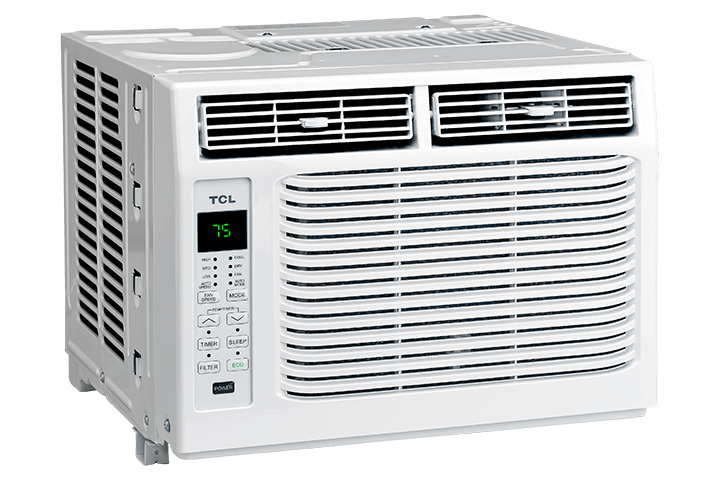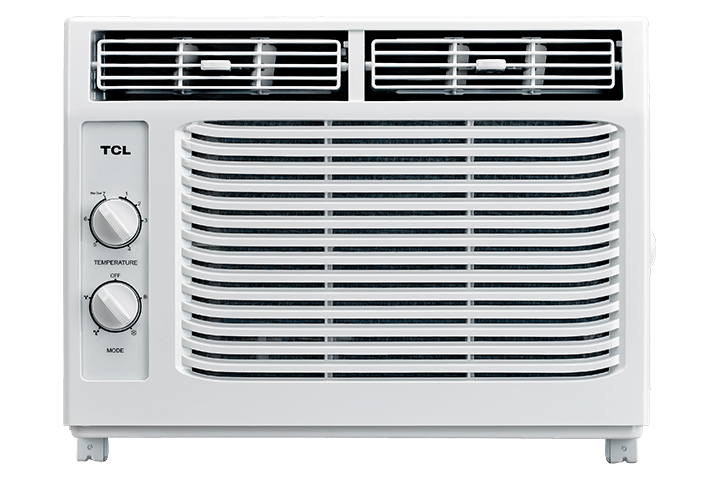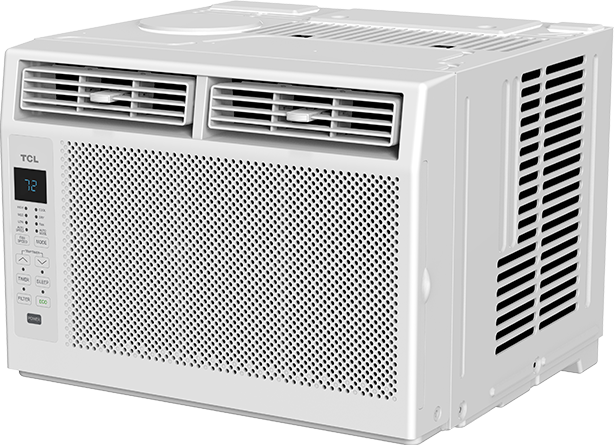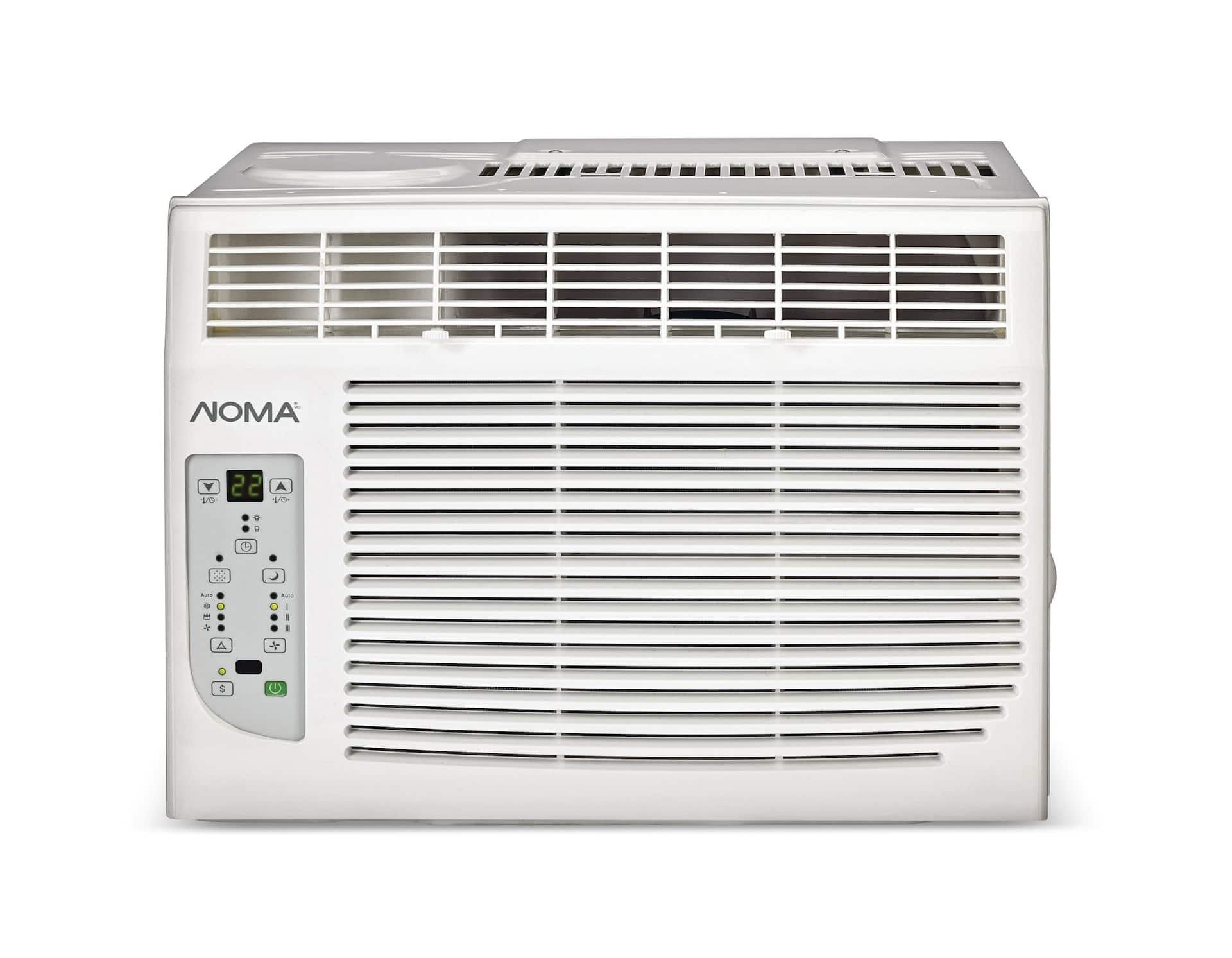5000 Btu Vertical Window Air Conditioner

One of the most common complaints homeowners have about their 5000 BTU vertical window air conditioner is that it's blowing air, but the air isn't cold enough, or it's not cooling the room as effectively as it used to. This can be incredibly frustrating, especially during the peak of summer. Before you call a professional, let's walk through some troubleshooting steps you can take to diagnose and potentially fix the problem yourself.
Step 1: Initial Checks (No Tools Required)
Start with these basic checks. These require no tools and can often pinpoint the issue quickly.
1.1 Power Supply
Confirm the unit is receiving power. It might sound obvious, but double-check that the air conditioner is plugged securely into the outlet. Verify the outlet is working by plugging in another device.
Inspect the power cord for any damage, such as cuts, frays, or exposed wires. Never use an air conditioner with a damaged power cord; it's a serious safety hazard. If the cord is damaged, the unit should be unplugged immediately, and you should consider replacing the cord (if feasible) or the entire unit.
Check the circuit breaker or fuse box. A tripped breaker or blown fuse can cut power to the outlet. Reset the breaker or replace the fuse.
1.2 Airflow Obstructions
Check the air filter. This is the most common cause of reduced cooling efficiency. A dirty air filter restricts airflow, forcing the unit to work harder and preventing it from cooling effectively.
Remove and inspect the air filter. Most vertical window units have a slide-out filter, usually located on the front panel. Hold it up to the light. If you can barely see through it, it's definitely dirty.
Clean or replace the air filter. Washable filters can be cleaned with mild soap and water. Let the filter dry completely before reinstalling it. Disposable filters should be replaced with a new one of the correct size.
Inspect the air intake and exhaust vents. Make sure that nothing is blocking the front or back of the unit, either inside or outside the house. Curtains, furniture, or even overgrown bushes outside can restrict airflow.
1.3 Thermostat Settings
Verify the thermostat setting. Ensure that the thermostat is set to a sufficiently low temperature and the correct cooling mode (usually "cool" or "cold"). Sometimes the unit is set to "fan only," which will blow air but not cool it.
Check the temperature setting in relation to the room temperature. If the thermostat is set too high (e.g., 75°F) when the room is already relatively cool (e.g., 78°F), the unit may not run continuously to achieve the desired temperature. Try setting it a few degrees lower than the current room temperature.
Step 2: Deeper Inspection (Basic Tools May Be Required)
If the initial checks haven't revealed the problem, it's time for a more in-depth inspection. These steps might require a few basic tools, such as a screwdriver and a flashlight.
2.1 Coil Inspection and Cleaning
Inspect the evaporator coils (inside the unit). The evaporator coils are responsible for cooling the air. They can become covered in dust and debris, which insulates them and reduces their ability to transfer heat. Always disconnect the unit from power before attempting to clean the coils.
Access the coils. This usually involves removing the front panel of the air conditioner. Refer to your owner's manual for specific instructions on how to do this. Be careful not to damage any wires or components.
Visually inspect the coils. Look for any signs of dust, dirt, or mold. A build-up of grime will be obvious.
Clean the coils. Use a vacuum cleaner with a brush attachment to gently remove loose dust and debris. For stubborn dirt, you can use a coil cleaner (available at most hardware stores). Follow the instructions on the coil cleaner carefully. Alternatively, you can use a soft brush and gently wipe the coils. Avoid bending the delicate fins on the coils.
Inspect the condenser coils (outside the unit). These coils release heat. They can also become clogged with debris, hindering their ability to function properly. Follow the same cleaning procedure as with the evaporator coils, ensuring the unit is unplugged.
2.2 Check for Ice Buildup
Look for ice buildup on the coils. Ice formation indicates a potential problem, such as restricted airflow (addressed above with the filter and coil cleaning) or a refrigerant leak (which requires professional service). If you see ice, turn off the unit and allow the ice to melt completely. Then, restart the unit and monitor it closely.
Consider the ambient temperature. Running the air conditioner in very cold outdoor temperatures (below 60°F or 15°C) can also cause ice to form. If this is the case, only use the unit when the temperature is higher, or turn it off.
2.3 Fan Operation
Ensure the fan is operating correctly. The fan is responsible for circulating air across the coils. If the fan is not working properly, the unit will not cool effectively. Once powered on, listen for a fan starting. If you can't hear it, disconnect from power and check if any obstructions are visible.
Listen for unusual noises. Grinding or squealing noises can indicate a problem with the fan motor or bearings. A faulty fan motor needs to be replaced, which might be a job for a professional depending on your comfort level and the availability of replacement parts.
Visually inspect the fan blades. Ensure they are clean and unobstructed. Remove any debris that may be preventing them from spinning freely.
Step 3: Advanced Troubleshooting (Potential Need for Professional Help)
If you've tried all the previous steps and the air conditioner is still not cooling properly, the problem may be more complex. These issues typically require specialized knowledge and equipment, and it's generally best to call a qualified HVAC technician.
3.1 Refrigerant Leaks
Suspect a refrigerant leak if… the unit runs constantly but doesn't cool effectively, or if you notice ice buildup on the coils even after cleaning them and ensuring proper airflow. Refrigerant is the chemical that absorbs heat from the air. If it leaks, the unit's cooling capacity is significantly reduced.
Warning: Refrigerant leaks are harmful to the environment and can pose health risks. Do not attempt to repair a refrigerant leak yourself. This requires specialized equipment and training to handle refrigerants safely and legally.
Contact an HVAC technician to diagnose and repair the leak. They will also need to recharge the system with refrigerant.
3.2 Compressor Problems
Suspect a compressor problem if… the unit is running, but you don't hear the compressor (a humming or buzzing sound) kicking in. The compressor is the heart of the air conditioning system, responsible for compressing the refrigerant and circulating it through the coils. If the compressor fails, the unit will not cool.
Testing the compressor requires specialized equipment and knowledge of electrical systems. Do not attempt to test or repair the compressor yourself unless you are a qualified HVAC technician. Incorrect handling can lead to serious electrical shock or damage to the unit.
Contact an HVAC technician to diagnose and repair or replace the compressor.
3.3 Electrical Issues
Suspect electrical issues if… the unit trips the circuit breaker repeatedly, or if you notice any unusual burning smells coming from the unit. Electrical problems can be dangerous and should be addressed immediately.
Warning: Working with electrical components can be extremely dangerous. Do not attempt to diagnose or repair electrical problems yourself unless you are a qualified electrician.
Contact an electrician or HVAC technician to diagnose and repair the electrical problem.
When to Call a Professional
As a general rule, if you've tried the basic troubleshooting steps and the air conditioner is still not cooling properly, or if you suspect a refrigerant leak, compressor problem, or electrical issue, it's time to call a professional HVAC technician. They have the expertise, equipment, and training to diagnose and repair these complex problems safely and effectively.
Also, if your unit is very old or has required frequent repairs, it may be more cost-effective to replace it with a new, more energy-efficient model.
Preventative Maintenance
To keep your 5000 BTU vertical window air conditioner running smoothly and efficiently, it's important to perform regular preventative maintenance.
- Clean or replace the air filter every month, or more often if you have pets or live in a dusty environment.
- Clean the coils at least once a year, or more often if they become visibly dirty.
- Inspect the unit regularly for any signs of damage or wear.
- Consider professional maintenance at least every other year, including coil cleaning, fan motor lubrication, and refrigerant level checks.
By following these troubleshooting steps and performing regular maintenance, you can keep your 5000 BTU vertical window air conditioner running efficiently and extend its lifespan. Remember, your safety is paramount, so if you're unsure about anything, don't hesitate to call a professional.










